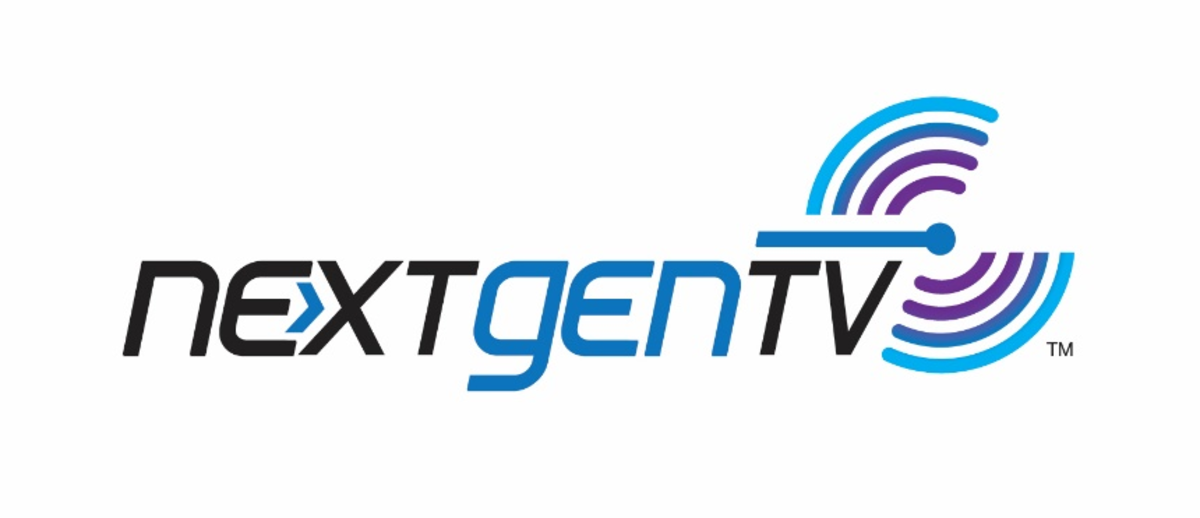
NextGen TV Delivers Remote Learning In DC

SpectraRep’s EduCast service is now available in the Washington, D.C., area using the NextGen TV ATSC 3.0 standard. The over-the-air launch of EduCast via ATSC 3.0 is in partnership with Sinclair Broadcast Group’s One Media 3.0 and its WIAV-CD.
The companies say the deployment is the first broadcast Internet remote learning service in the nation to use NextGen TV to deliver educational services that work to mitigate broadband access issues for students and teachers around the country. It allows educators to immediately evaluate and deploy broadcast Internet in the region for remote learning.
SpectraRep’s EduCast is the first and most widely deployed broadcast internet solution to meet the needs of K-12 and college learners without access to sufficient broadband Internet services in their homes. Broadcast internet, also known as datacasting, uses digital television transmission infrastructure to deliver IP-based content to users within a broadcaster’s transmission footprint.
 “When the COVID-19 pandemic hit the country and students and teachers were sent home, we saw the negative impacts on remote learners without access to adequate broadband,” said Mark O’Brien, president and CTO of SpectraRep. “Issues like homework gaps and equity in education became even more acute, and we quickly realized we could help to bridge the digital divide through our technology and the enhanced advances offered by ATSC 3.0, in the same way we’ve supported public safety and law enforcement customers.”
“When the COVID-19 pandemic hit the country and students and teachers were sent home, we saw the negative impacts on remote learners without access to adequate broadband,” said Mark O’Brien, president and CTO of SpectraRep. “Issues like homework gaps and equity in education became even more acute, and we quickly realized we could help to bridge the digital divide through our technology and the enhanced advances offered by ATSC 3.0, in the same way we’ve supported public safety and law enforcement customers.”
The NextGen TV standard for broadcasting offers higher data rates and more robust performance. EduCast, a datacasting service, uses a portion of the digital television capacity to deliver a secure, wireless data network that safely delivers targeted assignments, course materials and classroom videos to students. With EduCast, educators are better able to reach their students and provide a more equitable remote learning environment.
As O’Brien explains: “EduCast is operational and available in 12 states using the ATSC 1.0 transmission standard. SpectraRep has procured and continues to deploy tens of thousands of in-home receivers, each capable of supporting multiple students in a household simultaneously. Now, with ATSC 3.0, we can directly support even more students faster and in a timeframe and manner that keeps them learning no matter what the new school year brings.”
John McCoskey, SpectraRep’s COO, adds: “When the ATSC 3.0 standard was ratified, we knew it could dramatically improve our service offerings due to its native IP architecture, increased data capacity, and better reception characteristics. Our goal was to enhance our services to operate using both ATSC 1.0 and ATSC 3.0 transmission systems and to provide stations and end users a simple, no-cost transition from one to the other. At the station that means just configuration changes and moving a few cables. The in-home receiver we chose and have deployed already supports both transmission standards.”
In anticipation of the staggered and voluntary transition of stations from the current standard to NextGen TV ATSC 3.0, SpectraRep partnered with industry leading DigiCAP to develop an advanced in-home receiver capable of simultaneous operation using both ATSC 1.0 and 3.0 transmission.
DigiCAP VP and Fellow, Joonyoung Park, noted that, “The challenge was to design a small in-home device that could receive, store, and serve educational content delivered by ATSC 1.0 and 3.0 broadcasters. It also had to be manufactured inexpensively and be simple enough for students to self-install and operate. Despite the worldwide chip shortages and manufacturing hold ups caused by the pandemic, we were able to adapt our manufacturing pipeline to meet these challenges and deliver the badly needed devices that were intricately important to the overall success of the EduCast system.”
Educators access the EduCast service using their existing Learning Management System (LMS) and tools. They do not need to follow a separate workflow or take extra efforts to reach their students. Students receive a customized package of content that includes only their own classes, lessons, and assignments that is based on their login credentials programmed in the in-home receiver. Educators can also target content to individual students.
In a student’s home, the DigiCAP receiver connects to a simple TV antenna that is used to receive the broadcast signal and the IP content it carries. The receiver establishes a Wi-Fi hotspot in the home that students connect to with their Chromebook, tablet, laptop, or smartphone. The receiver stores up to 128 GBytes of educator-curated content. This can include videos, presentation slides, worksheets, interactive documents, and images. Anything that can be saved as a file can be delivered.
































Comments (0)